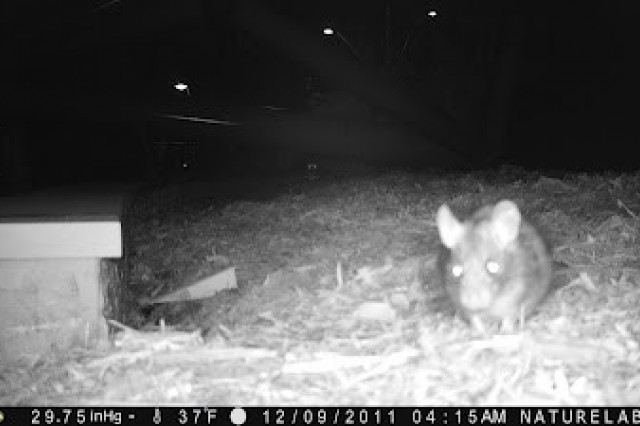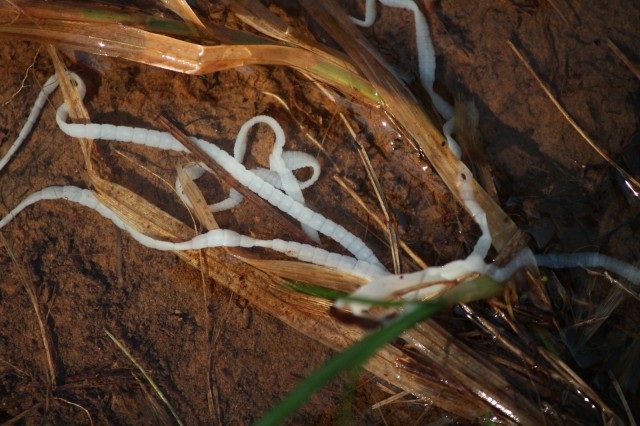Inside the Mammal Collection With Kayce Bell
Uncovering the collection on the insides of the mammal collection
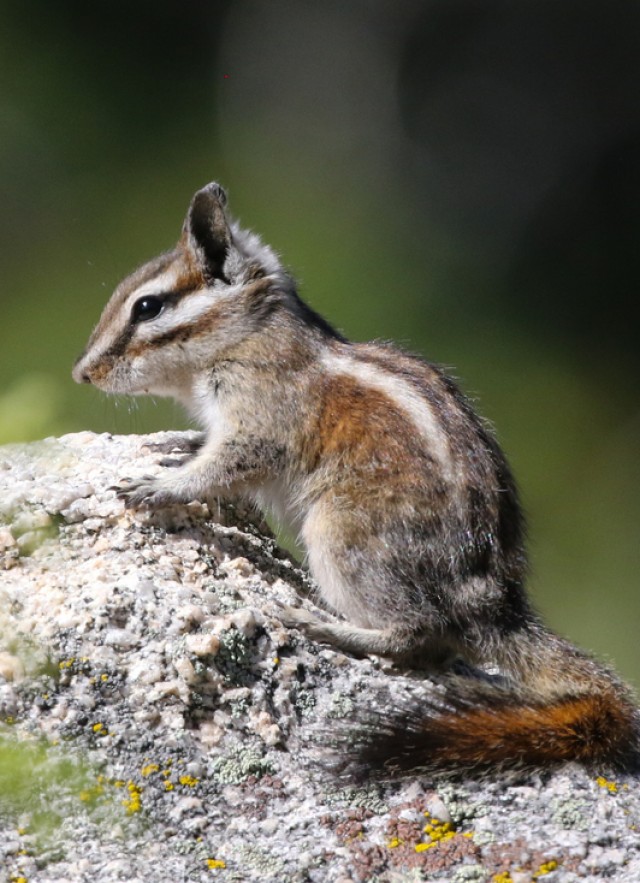
“I want to comb colugos,” Kayce Bell, Assistant Curator of Terrestrial Mammalogy tells me. She has to spell it out for me, the name of these delightfully weird gliding mammals from South East Asia, and even then it takes a second to register. She wants to comb colugo skins in the collection in the hopes of finding rare lice. It’s a parasite project, but Bell’s main focus is closer to home: uncovering the evolutionary arms race between chipmunks and their parasites.
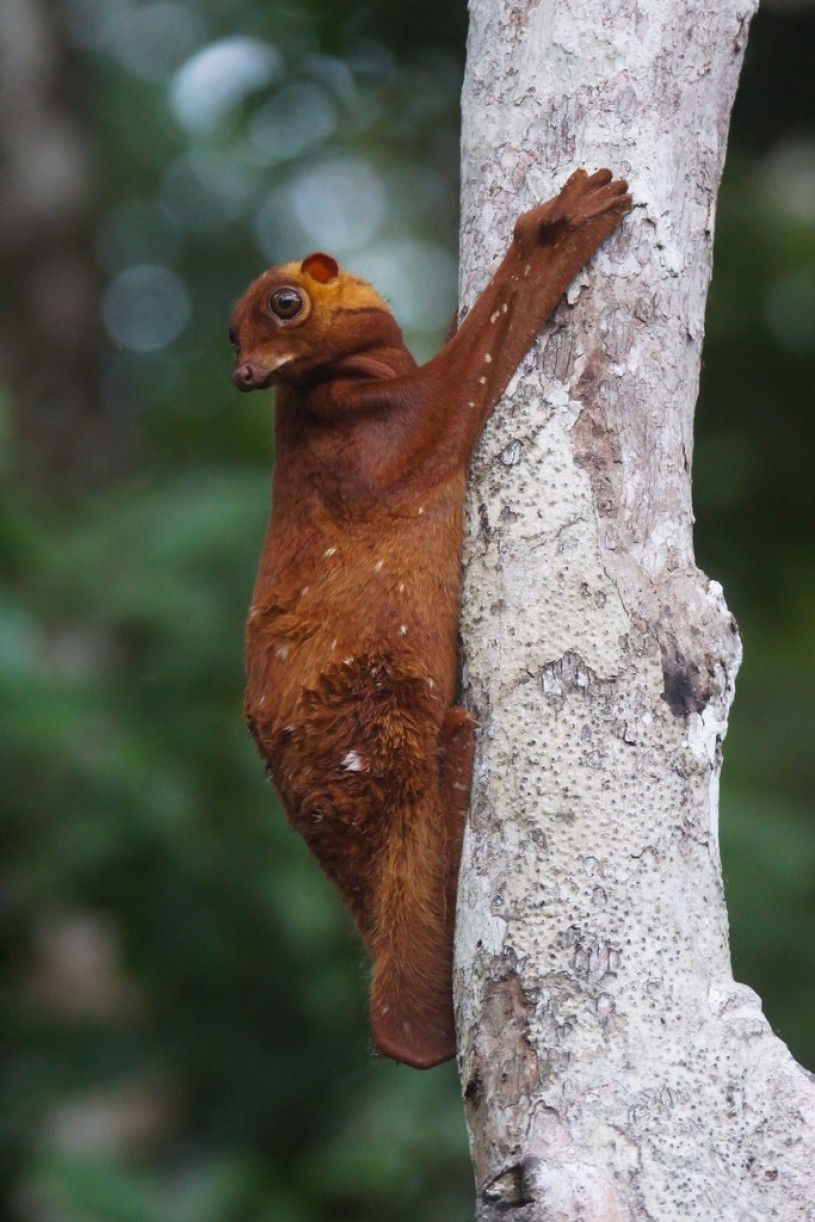
“There's a lot of parasites everywhere and they're really cool,” she tells me, before adding the clarion call of all research scientists. “We don't know much about them.” These twin realizations inspired Bell enough for her to earn her PhD at the University of New Mexico studying the relationship between chipmunks and their parasites. Broadly speaking, one way we can break down parasites is ectoparasites (parasites that live on the host) and endoparasites (parasites that live in the host). “One of the things that was really exciting when I started was we knew quite a bit about the lice in chipmunks but less about the parasites inside of them, so the endoparasites." Ectoparasites: lice, endoparasites: pinworms.
As we chat, the conversation turns to the ins and outs of parasites. Bloodsucking lice are well-known enough, but the fingernail clipping shaped pinworms are maybe less familiar. Their life cycle tracks the mouth to anus route: a chipmunk biting at an itchy bottom inadvertently brings pinworm eggs back into its digestive tract, completing one of the less poetic circles of life. Before we feel too bad for the chipmunks, consider that pinworms are the most common intestinal parasite in humans, taking up residence in some 20% of U.S. kids annually following the more scenic hand to “britches” to mouth route. These animals are just as much a part of human life as they are chipmunks’.
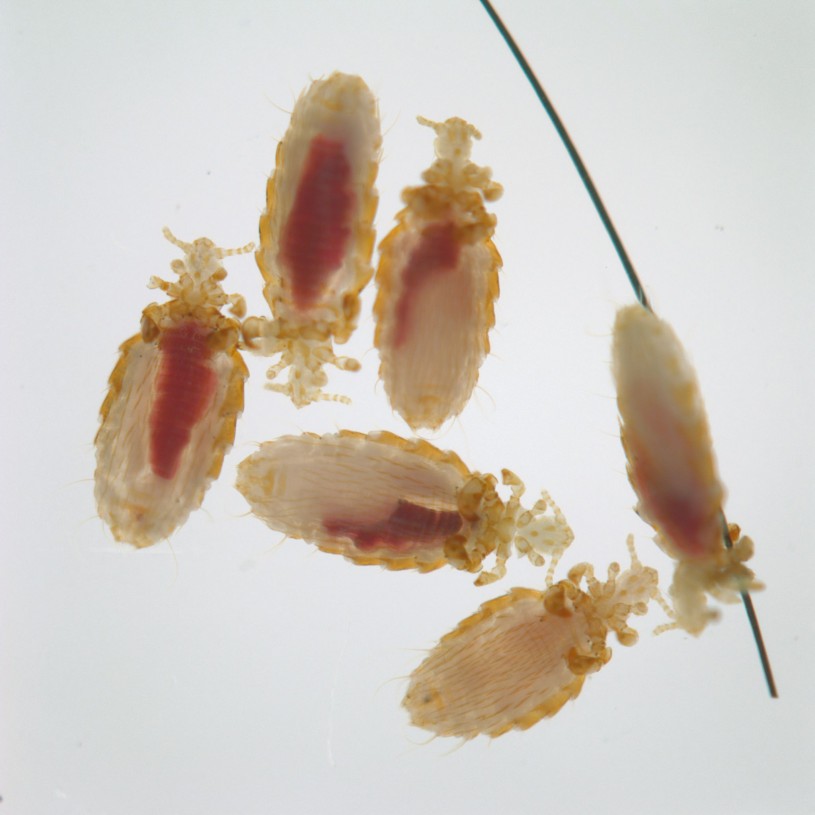
Another thing that makes chipmunks and their parasites so exciting is that for each parasite, there are two species, what Bell calls replicates. “We have two lice so we can say if louse (species A) does it, does louse (species B) also do that? And the same is true for pinworms because they have the same life histories and traits,” Bell says. It’s like having a built-in way to test hypotheses, making it easier to find answers to big questions about these small animals. “It's Just a really great natural system to test for repeatability of evolutionary events.” Bell explains. Understanding things like co-evolution, whether these parasites coevolve with their hosts, and even something as close to the bone as if there are just two species or more could help us better understand the role these animals play in their hosts’ evolution as well. Since both lice and pinworms (but different species) parasitize humans as well, it could help us understand how these suckers might have shaped us too. Parasites clearly play important roles in natural selection, but those roles remain poorly understood.
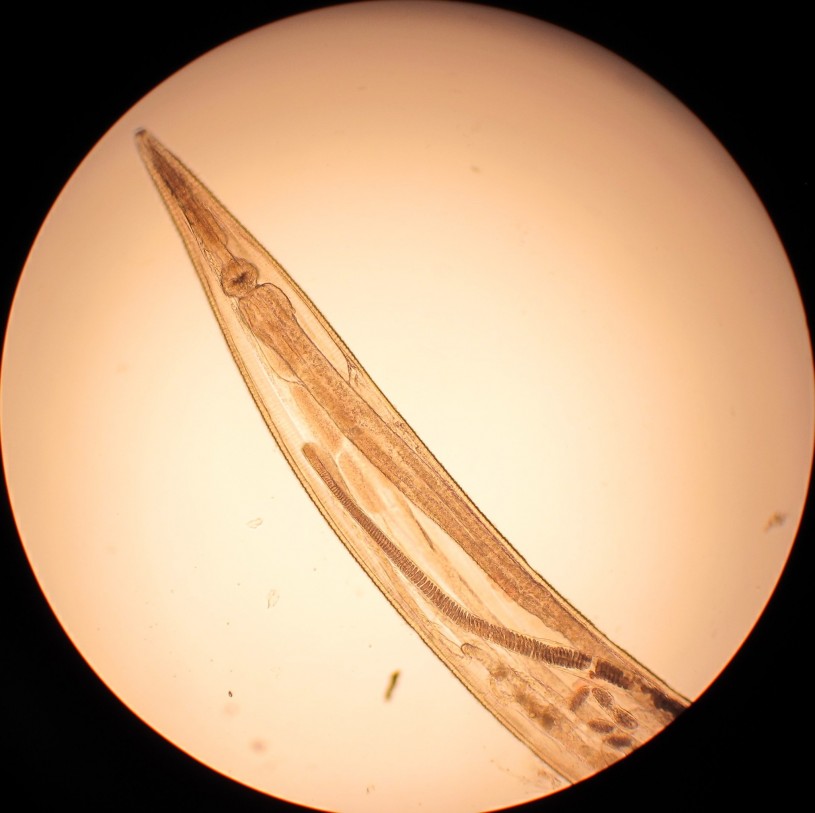
Bell is exploring the connections between parasites and chipmunks, both in the field and in the collections. Climate change may alter how the lodgepole chipmunks (Tamias speciosus) and the Merriam’s chipmunks (Tamias merriami) (sp) interact, offering Bell the opportunity to better understand the phenomena of “host switching” where a parasite crosses from one host species to the next. “So I'm interested in knowing, like the San Gabriels, are Merriam's chipmunks moving father up in elevation and, if so, is this changing how they interact with lodgepole chipmunks? When the interactions do or do not change, does it impact how they transfer parasites? So, basically, are they more likely or less likely to get parasites from one another?” Also on the horizon is using the collection to determine parasite species in deer mice and whether invasive species have adopted their lice and pinworms along with the new habitat. Studies like these could offer clues into how animal populations are adapting to new parasites and how they might adapt as our climate continues to heat up and species forge new ranges.
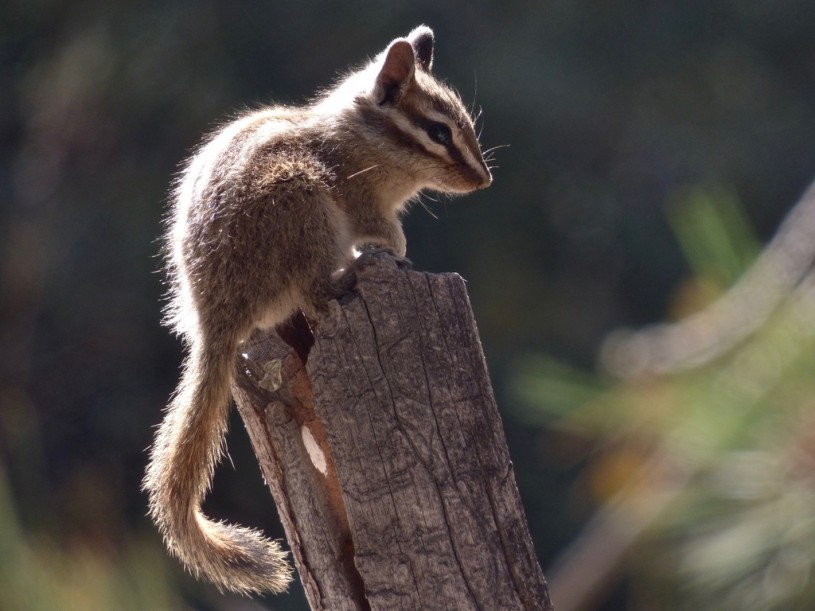
What seems to grab Bell’s attention the most is the delicate interplay between parasite and host that’s played out for longer than we can likely tell. “This idea that there's this interacting species that are just constantly pushing against one another and so how that can impact what animals and what species of parasites and everything we see today, a lot of that is probably shaped by these interactions of different species trying to take from one another.” The Museum’s collections offer glimpses into that evolutionary interplay that no one has looked at yet: the skins have lice to be found, the guts of the wet collections can be mined for nematodes, and Bell has already updated collection routines. Bell says “Part of the new protocol for preparing and processing specimens in the Mammalogy Department includes looking for parasites.” She’s got her sights set on starting NHM’s own collection of parasites someday.
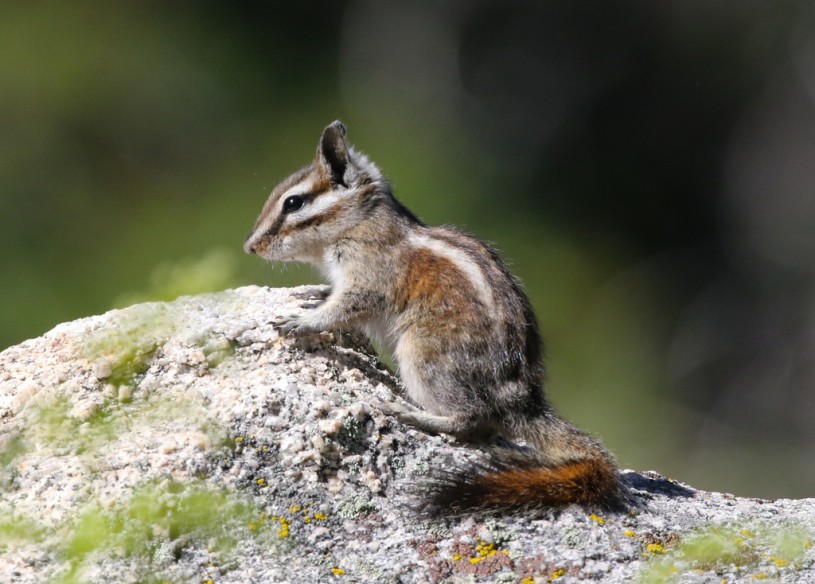
For now, we have to leave behind these bloodsuckers and rectum-dwellers. Bell has to get back to grant writing: she’ll be looking for rare lice on those colugos. She leaves me with this final note, something she’s emphasized in all our conversations: parasites belong here. They are as natural and worthy of study as the chipmunks she pulls them from. The other point: they’re incredible feats of evolution. “There areother parasites that do interesting things; there's a nematode in ants that turns their abdomen red and makes them stand around with their abdomen held up in the air so a bird can eat it. There's a tapeworm in fish that makes them flop around really funny towards the surface so birds are more likely to see them and eat them.” Bell tells me.
These creatures have discovered how to make their hosts do what they want to survive. If you can get past the revulsion, you can see evolution laid bare in the most bizarrely fascinating ways. Talking with Bell, it’s hard not to be infected with her passion for these understudied creatures. She adds, “admittedly, I would probably be a little excited if my kid got pinworms.”
